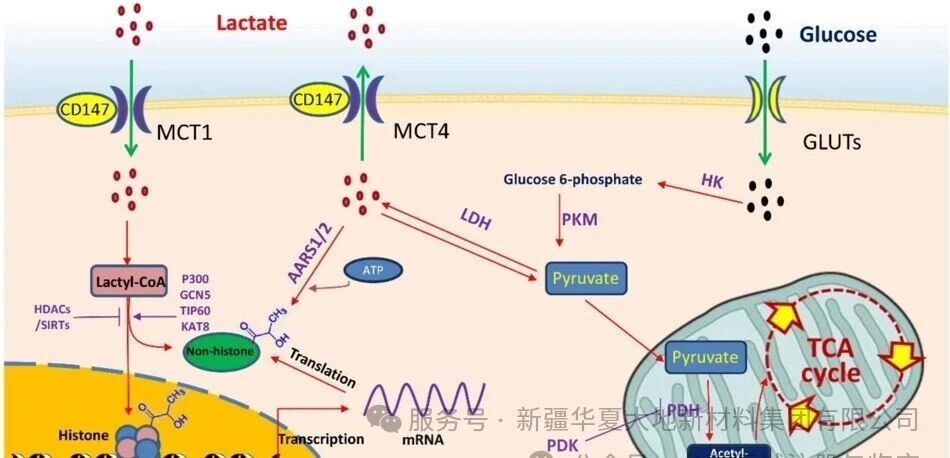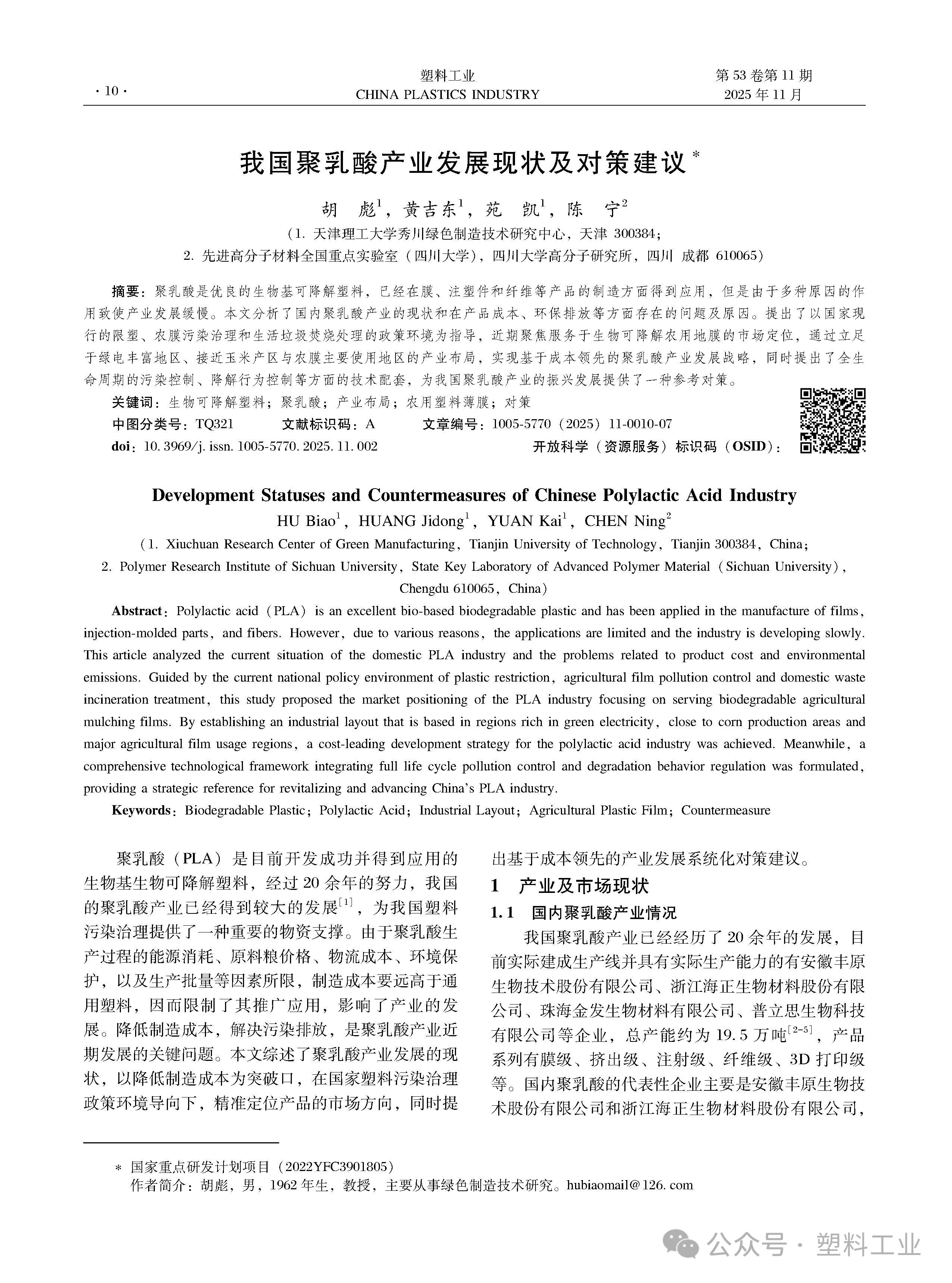Plastic has transformed modern life, but its "convenience" has also brought a heavy environmental cost. Disposable packaging bags, lunch boxes and beverage bottles may remain in the natural environment for hundreds of years, causing serious white pollution. Faced with this problem, scientists have found a green alternative - polylactic acid (PLA), which, like polyhydroxyalkanoates (PHA), is also a biodegradable green plastic.
What is polylactic acid?
The history of human utilization of lactic acid is very long. In yogurt, pickles and some fermented bean products, lactic acid is the main flavoring substance. The molecular structure of lactic acid contains a hydroxyl group and a carboxyl group, which enables the lactic acid molecules to undergo dehydration polymerization through chemical methods, forming a series of chain-like polymers, which is called polylactic acid. The interaction between the polylactic acid polymers gives them typical properties of plastics. Through simple processing, they can be made into transparent or semi-transparent plastic particles, films, and fibers.
Why is polylactic acid considered a green plastic?
The reason why polylactic acid is called "green plastic" lies in two aspects. The raw material for synthesizing polylactic acid, lactic acid, can be obtained through renewable resources such as microbial fermentation (like corn starch), without relying on the petrochemical industry whose resources are becoming increasingly scarce and may cause environmental problems. Microorganisms can produce lactic acid using various carbon source substances, whether it is high-quality milk, starch, yeast extract, or the hydrolyzed products of cellulose from industrial and agricultural waste, or organic acids, etc. This can not only "transform resources into wealth" but also "transform waste into wealth".
The degradation process of waste polylactic acid plastic is also very environmentally friendly. The ester bonds make polylactic acid prone to hydrolysis reactions under soil burial conditions, generating lactic acid monomers or oligomers. Lactic acid is a natural carbon source for many microorganisms and can be rapidly converted into carbon dioxide and water. The entire process can be completed in just 3 to 6 months. In comparison, the natural degradation of ordinary petrochemical plastics may take hundreds of times longer.
Poly(lactic acid) services contribute to the "dual carbon" goal大局.
Under the backdrop of the "dual carbon" strategy, the production of polylactic acid demonstrates a typical model of green manufacturing: using non-fossil fuels as raw materials, microorganisms convert them into lactic acid, which is then processed through engineering techniques into industrial plastics, and the final product can be naturally decomposed.
By modifying the bacterial strains, optimizing the cultivation conditions and controlling the fermentation parameters, Chinese researchers are enabling lactic acid to utilize more inexpensive carbon sources as fermentation raw materials, significantly increasing the yield and purity of lactic acid, while reducing production costs and providing high-quality precursors for industrial polymerization. Representative enterprises such as Anhui Fengyuan and Haitong Shengcai have also jointly promoted the industrialization of the "from raw materials, microbial fermentation to product processing" entire industrial chain with research institutions. By 2024, China's poly(lactic acid) production had exceeded 3 million tons, demonstrating China's technological accumulation and innovation capabilities in the field of green manufacturing. China is leveraging scientific research and industrial strength to transfer this green circular system from the laboratory to the factory and then to the market, providing a Chinese solution to global plastic pollution and energy conservation and emission reduction.









